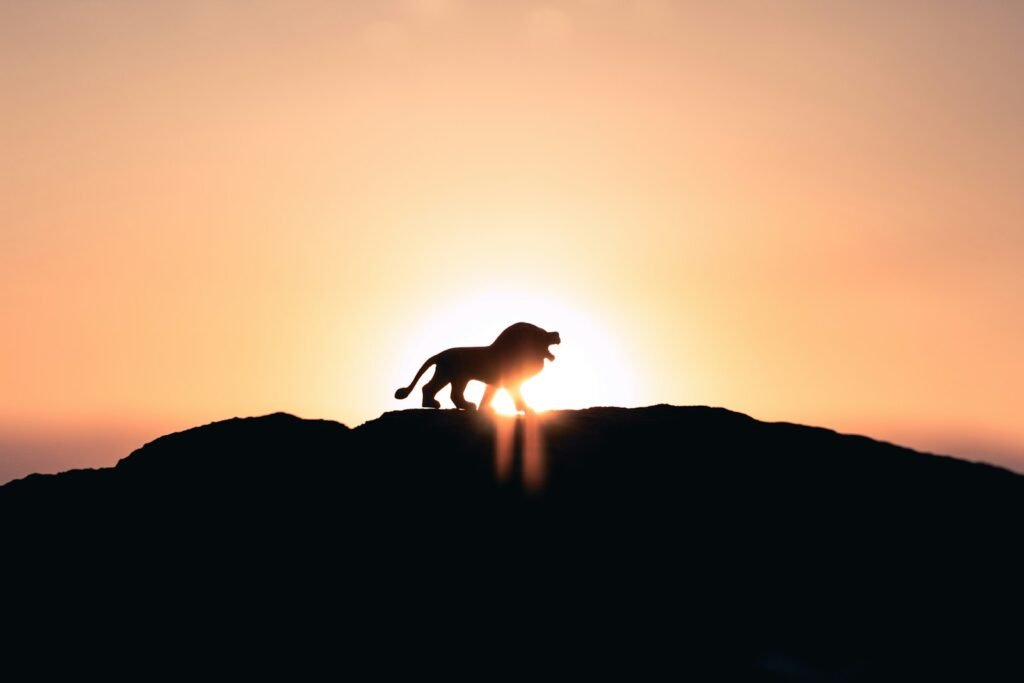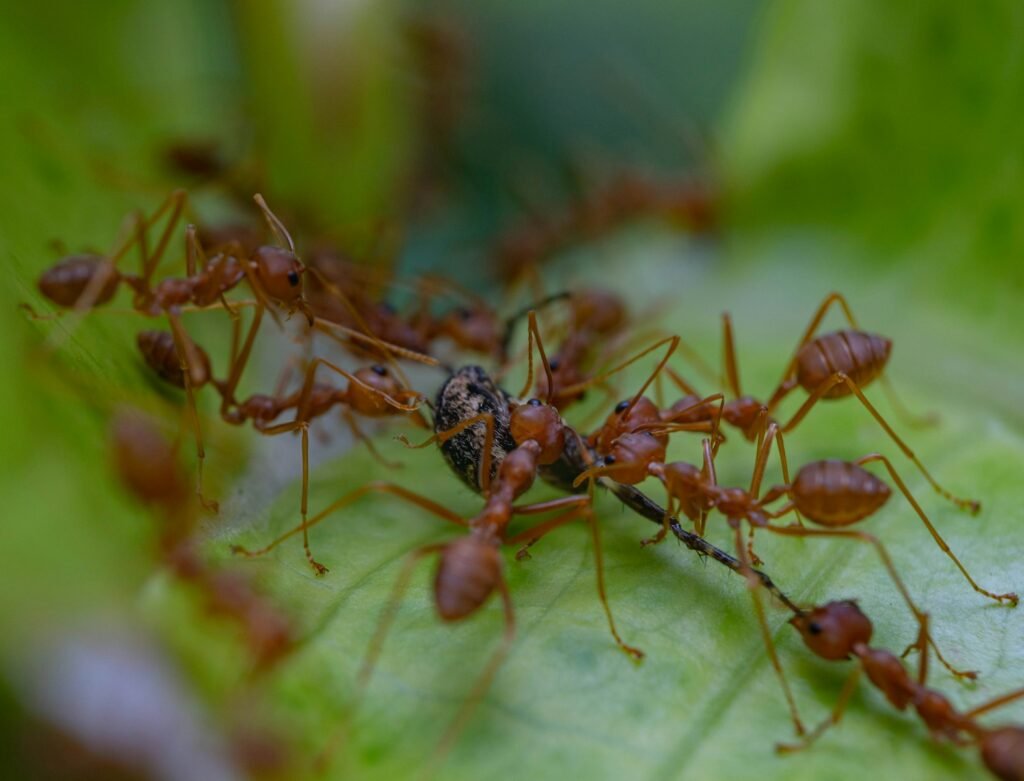On a dawn-swept savanna, the air trembles before you see anything at all – the sound arrives first, low and rolling, like distant thunder in a cloudless sky. The source is the African lion, a species whose reputation for audacity has outlived empires and weathered every myth we’ve told about courage. Yet beneath that myth, science is revealing a more intricate story: physiology tuned for dominance, social lives that rival our own networks, and a role in ecosystems that burns as brightly as any constellation. The lion isn’t just a symbol for Leo’s blaze – it’s a living engine of heat and change across the grasslands. Understanding how this cat survives and shapes its world may be the key to keeping entire savannas from going dark.
The Hidden Clues

What makes a lion’s roar carry across the plains like a drumbeat through bone? Hidden inside that sound are harmonics and low frequencies that travel farther in cool morning air, mapping a kind of acoustic fence line that competitors and allies both read. A roar is both a declaration and a diagnostic, broadcasting body size, stamina, and intent without a single claw raised. In that sense, it’s nature’s version of a headline: clear, loud, and impossible to ignore.
I remember the first time I heard it in the field, before sunrise, when shadows were still tight and the grass smelled of ash from an old burn. It felt less like hearing and more like standing near a subway as a train roars past – you don’t just register the message, you wear it. That signal tells a pride where to rally and intruders where not to step, which means information – more than muscle – often decides who owns the morning.
From Ancient Tools to Modern Science

We’ve long carved lions into stone and stories, but the new tools are silicon and sky. GPS collars trace the invisible highways lions use at night, revealing that males in particular wander staggering distances to patrol, investigate, and test the edges of rival ranges. Camera traps stitched together with machine learning now pick out individual lions by whisker patterns and scars, building a living census without darting or disturbance.
Even water can hold their signature: researchers are testing environmental DNA at waterholes to capture traces left behind by drinking carnivores, a stealthy trail in a dry place. Drones and thermal imaging add another layer, showing how bodies shed heat after a chase and where shade becomes a lifesaving resource as heatwaves stack up. The result is a fuller portrait of the lion not as a poster, but as a dynamic system threaded through land, climate, and time.
Anatomy of Power

The lion’s physique is an essay in momentum. Forelimbs packed with dense muscle anchor grappling holds, while hindquarters deliver the shove that topples fast-hoofed prey; it’s less sprinter than sudden avalanche. Teeth and jaws are tuned to puncture and hold, and a rough tongue can rasp muscle from bone, turning a carcass into calories with startling efficiency.
The mane, iconic and controversial, is both billboard and buffer; darker, fuller manes often track with maturity and condition, but heat stress can lighten or thin them. Females lack that halo and carry the engine room instead, with stamina for cooperative hunts that pressure-test group cohesion. Power here is not just force – it’s form, thermoregulation, and the honest signals that negotiate conflict before it turns bloody.
The Social Engine of the Pride

Lions are the only truly social big cats, and the pride is a power grid. Related females form the core, raising cubs in overlapping nurseries while sharing hunts and risks; incoming males secure breeding rights but must also defend the territory that sustains everyone. That social fabric is elastic, stretching in seasons of plenty and tightening when prey thins or drought bites hard.
Coordinated hunting is part choreography and part improvisation – flankers press, an ambusher breaks the line, and the herd’s fear becomes geometry. Over years, these teamwork drills write a manual that older females pass along by example, a cultural thread tying generations to strategies that work. It’s a reminder that courage without coordination is just noise, and the pride’s furnace burns brightest when every piece knows its role.
Global Perspectives

Most wild lions now live in eastern and southern Africa, while a small population of Asiatic lions persists in western India, a genetic echo of a once wider range. The two recognized subspecies – Panthera leo leo (northern/Asiatic) and Panthera leo melanochaita (southern/African) – tell a story of ancient splits and modern constraints, with corridors and protected areas acting as the narrow necks of an hourglass. In some places, community conservancies share tourism revenue, turning local stewardship into a survival strategy for both people and lions.
Elsewhere, conflict runs hotter: livestock losses ignite retaliation, prey declines follow the wire of bushmeat snares, and bones enter illegal trade routes. Across borders, transboundary parks and corridor plans aim to keep gene flow alive, because isolation is slow extinction by another name. Global, in lion terms, now means stitching together patches of habitat – and policy – into something living and large enough to breathe.
Predators Under Pressure

Heat, drought, and shifting fires are rewriting the savanna’s calendar, and lions have to read the new script in real time. When waterholes shrink, prey bunches near the last wet edges, making hunting easier at first and far harder when disease or scarcity kicks in. Climate-driven bush encroachment can change the balance between ambush cover and open ground, turning familiar hunting lanes into puzzles.
Human pressure adds a second front: expanding agriculture narrows movement paths, and conflict escalates where herds and prides compete for the same dusk and dawn. Conservation teams respond with predator-proof corrals, mobile herding, early-warning sensors, and in some regions, insurance schemes that defuse the urge to retaliate. The work is not glamorous, but it’s the kind of steady, practical courage that buys lions time.
Why It Matters

Lions move like flame through an ecological network – fast, decisive, and transformative. By preying on the most vulnerable or unwary individuals, they shape the behavior of grazers, which in turn shapes where plants grow and where seedlings survive. Ecologists call it a landscape of fear, but it’s really a choreography of space that keeps savannas dynamic instead of overgrazed and exhausted.
Compared with traditional conservation indicators such as plant counts or water quality snapshots, lions offer a real-time, integrative metric. If top predators persist, it usually means prey populations are healthy, corridors are open, and local communities see value in coexistence. That single presence condenses many variables into one undeniable signal: a roar you can measure with science and feel in your chest.
The Future Landscape

The next wave of lion science is less about single parks and more about connected systems. Satellite-linked collars already upload movement data in near real time, and paired with open-source mapping, they help rangers deploy to conflict hotspots before trouble starts. Bioacoustic arrays could one day triangulate roars and gunshots together, protecting both lions and the people nearby.
Artificial intelligence is learning to flag snare lines from aerial imagery and spot unusual carcass patterns that hint at poisoning. Meanwhile, environmental DNA may mature into a routine survey tool at waterholes, a kind of periodic table for wildlife presence across seasons. The vision is simple to say and hard to build: resilient savannas where lions keep playing their ancient role under a sky that’s changing fast.
Conclusion

If Leo’s spirit is boldness, here’s a place to spend it wisely. Support organizations that fortify coexistence – schemes that help herders, expand corridors, and train local rangers are quiet triumphs that ripple across whole ecosystems. Even small donations can fund a collar, a field kit, or a night of patrols that stops a snare before it bites.
Travel choices matter too: when you visit, pick operators that hire locally, respect distance, and invest in habitat instead of handouts. Stay curious – follow projects that share data publicly, read field updates, and pass along the stories that lift science out of the lab and back into the wind. The roar you help keep alive will not be heard by you alone; it will be a future’s first sound.

Suhail Ahmed is a passionate digital professional and nature enthusiast with over 8 years of experience in content strategy, SEO, web development, and digital operations. Alongside his freelance journey, Suhail actively contributes to nature and wildlife platforms like Discover Wildlife, where he channels his curiosity for the planet into engaging, educational storytelling.
With a strong background in managing digital ecosystems — from ecommerce stores and WordPress websites to social media and automation — Suhail merges technical precision with creative insight. His content reflects a rare balance: SEO-friendly yet deeply human, data-informed yet emotionally resonant.
Driven by a love for discovery and storytelling, Suhail believes in using digital platforms to amplify causes that matter — especially those protecting Earth’s biodiversity and inspiring sustainable living. Whether he’s managing online projects or crafting wildlife content, his goal remains the same: to inform, inspire, and leave a positive digital footprint.




